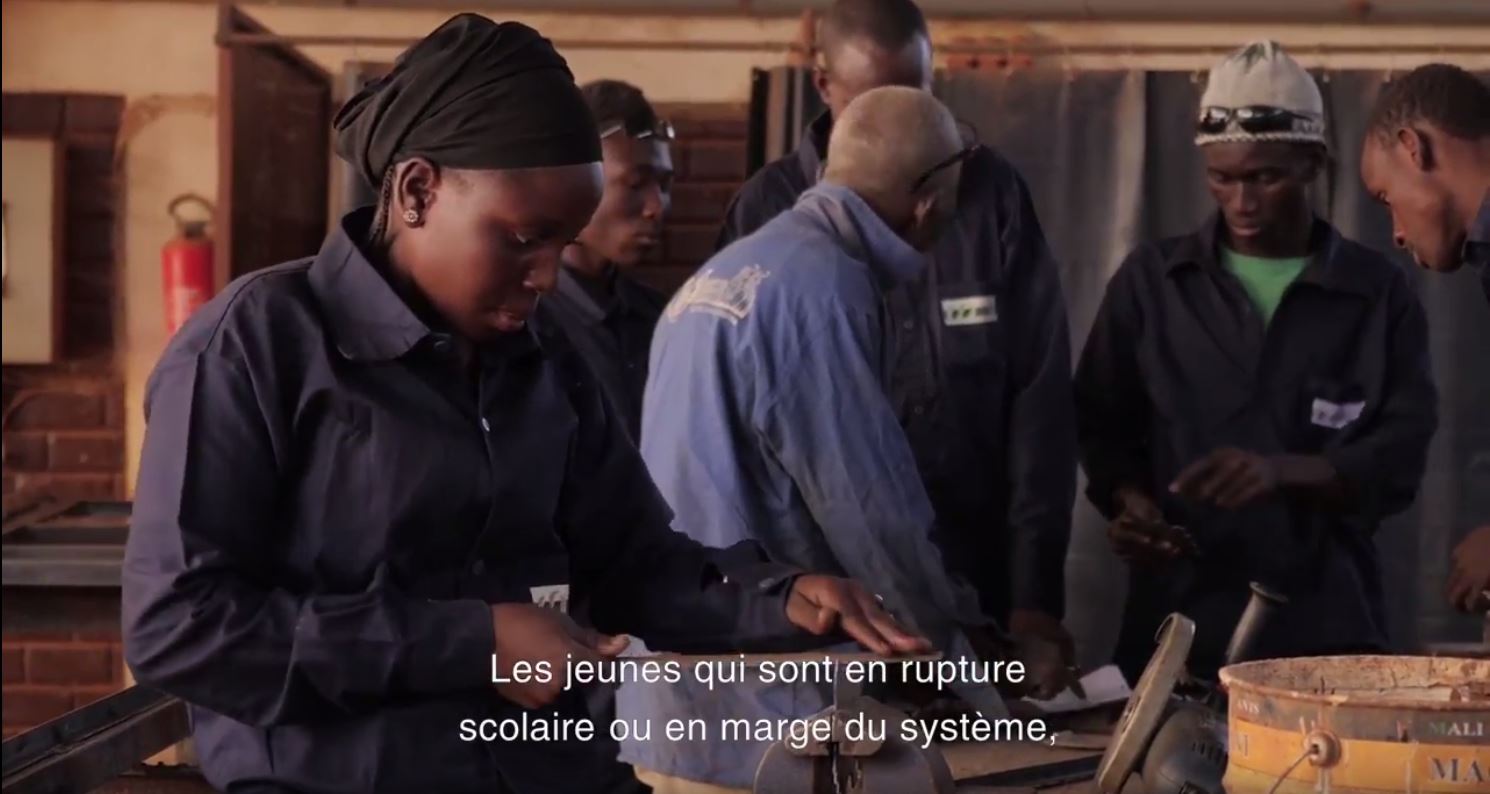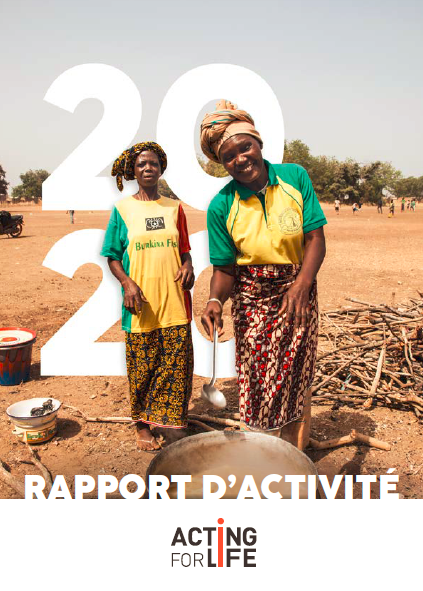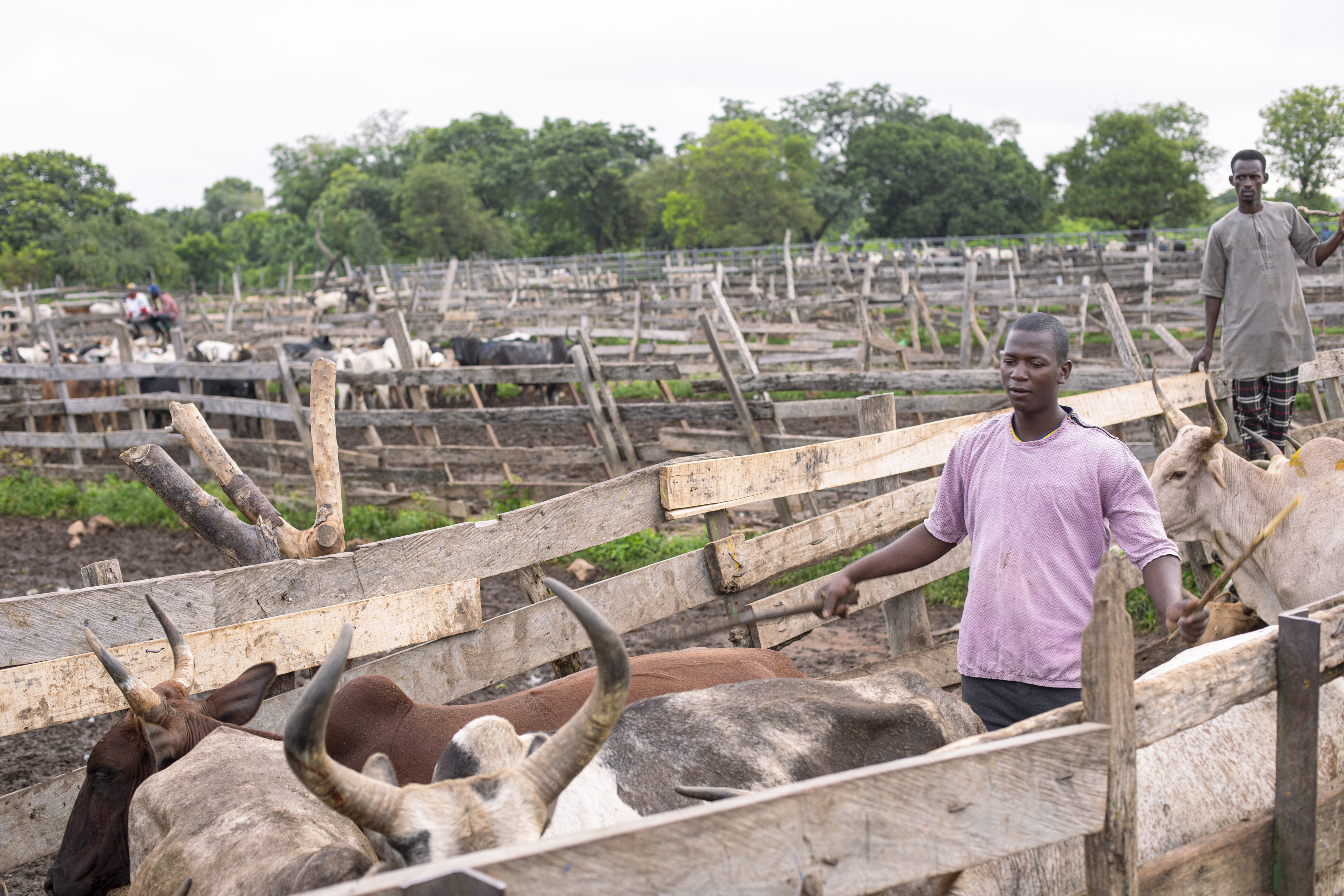As part of the BIDA project – Biodiversité, inclusion, développement durable et eau dans le Chocó Darien (Biodiversity, Inclusion, Sustainable Development and Water in Chocó Darien) – co-funded by the European Union in Ecuador and supported by Air France, Acting for Life and its partners took part in the 1st Forum on Areas of Conservation and Sustainable Use (Áreas de Conservación y Uso Sostenible, ACUS) on 18 April in Quito, to ensure the preservation of natural resources in Ecuador.
This event was organised to highlight the commitment and collaborative work of decentralised autonomous governments (GADs) and local communities in conserving Ecuador’s natural environment and preserving water resources. The event was organised in collaboration with our partners Naturaleza y Cultura Internacional, Fundación ALTROPICO, the Mancomunidad del Norte de Ecuador, the Universidad Tecnica del Norte and the Ecuadorian Ministry of the Environment, Water and Ecological Transition, as well as the Association of Municipalities of Ecuador (AME) and the Consortium of Autonomous Provincial Governments of Ecuador (CONGOPE). The forum brought together 170 participants, including the European Union’s Ambassador to Ecuador Charles-Michel Geurts, representatives of the Ecuadorian Ministry of the Environment, Water and Ecological Transition, the Agence française de développement (AFD), the French Embassy in Colombia, and some forty local authorities and social organisations.
This event provided an opportunity to present the National Map of ACUS, Areas of Conservation and Sustainable Use, and the prototype of a virtual platform for visualising ACUS, produced as part of the BIDA project. The map includes the 136 SUFAs established until February 2024, thanks to the collaborative efforts of 72 municipal CAOs and 11 provincial CAOs.
The BIDA project is the result of collaboration between Acting for Life and a number of local partners: Ecuador’s Ministry of the Environment, Water and Ecological Transition (MAATE), Naturaleza y Cultura Internacional (NCI), Fundación ALTROPICO, the Mancomunidad del Norte and the Technical University of the North.



What are ACUS, Areas of Conservation and Sustainable Use (Áreas de Conservación y Uso Sostenible)?
Areas for the Conservation and Sustainable Use of Water (ACUS) are zones officially set aside by Ecuador’s provincial and municipal decentralised autonomous governments (GADs) to protect natural heritage, preserve and regulate natural spaces and enforce the right to environmental conservation; protect and restore water sources associated with fragile ecosystems, particularly areas that produce water for human consumption; promote the protection of biological diversity and ecosystem services; prevent pollution and promote the sustainable use of natural resources in Ecuador.
What is the role of ACUS?
The main functions of conservation and sustainable use areas are :
- Land-use planning: these areas enable land-use planning and the creation of orders, thereby protecting biodiversity and water resources.
- Long-term planning: managing water, forests and our natural heritage requires short-, medium- and long-term strategies. This is to ensure that they are maintained in terms of quantity and quality.
- Area connectivity: the areas are linked to other protected areas and conservation initiatives, creating biological corridors. They also act as buffer zones for national parks and are important water reserves for the population.
Contribution to conservation objectives: the existence of these areas at national level contributes to achieving the 30×30 objective (30% of the national territory under protection by 2030).


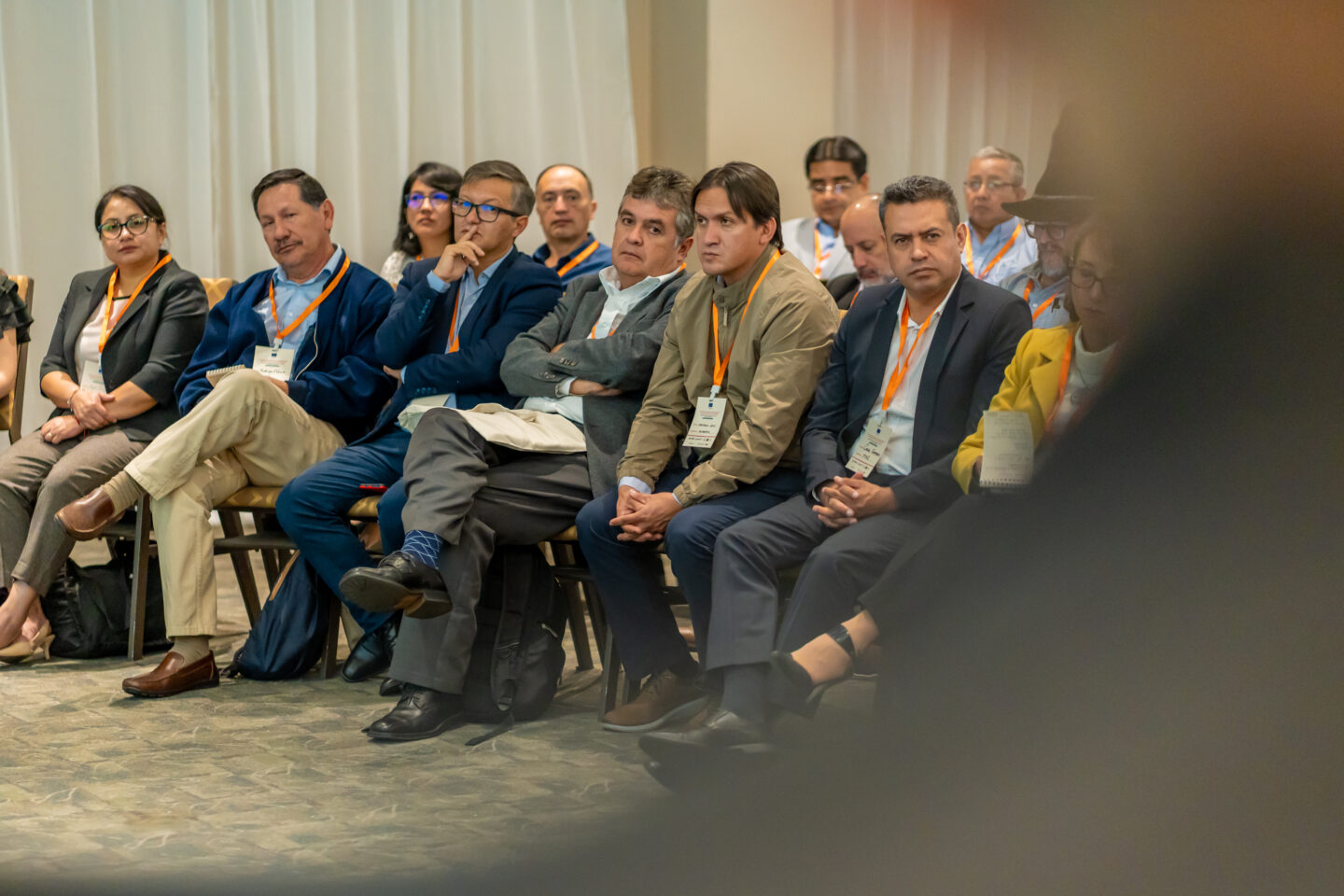
Presentation of the National Map of Conservation and Sustainable Use Areas
The 1st Forum on Areas for Conservation and Sustainable Use (ACUS) therefore highlighted the fundamental role played by local governments in preserving natural resources in Ecuador within their jurisdictions, as well as their work in conserving natural heritage.
‘The conservation and sustainable use of Ecuador’s strategic ecosystems is a fundamental objective for the country. It can only be achieved through cooperation between the institutional and civil society stakeholders committed to the environment and the fight against climate change. This forum is therefore an excellent opportunity to highlight lessons learnt and build synergies, based on the work carried out by local governments‘, said Angelo Consoli, Latin America Programme Manager and Climate Coordinator for Acting for Life.
The National Map of Areas of Conservation and Sustainable Use (ACUS) of the decentralised autonomous governments presented at the forum will be an essential tool for guiding conservation efforts in Ecuador and identifying priority areas. To consult it: https://bit.ly/mapaacus.


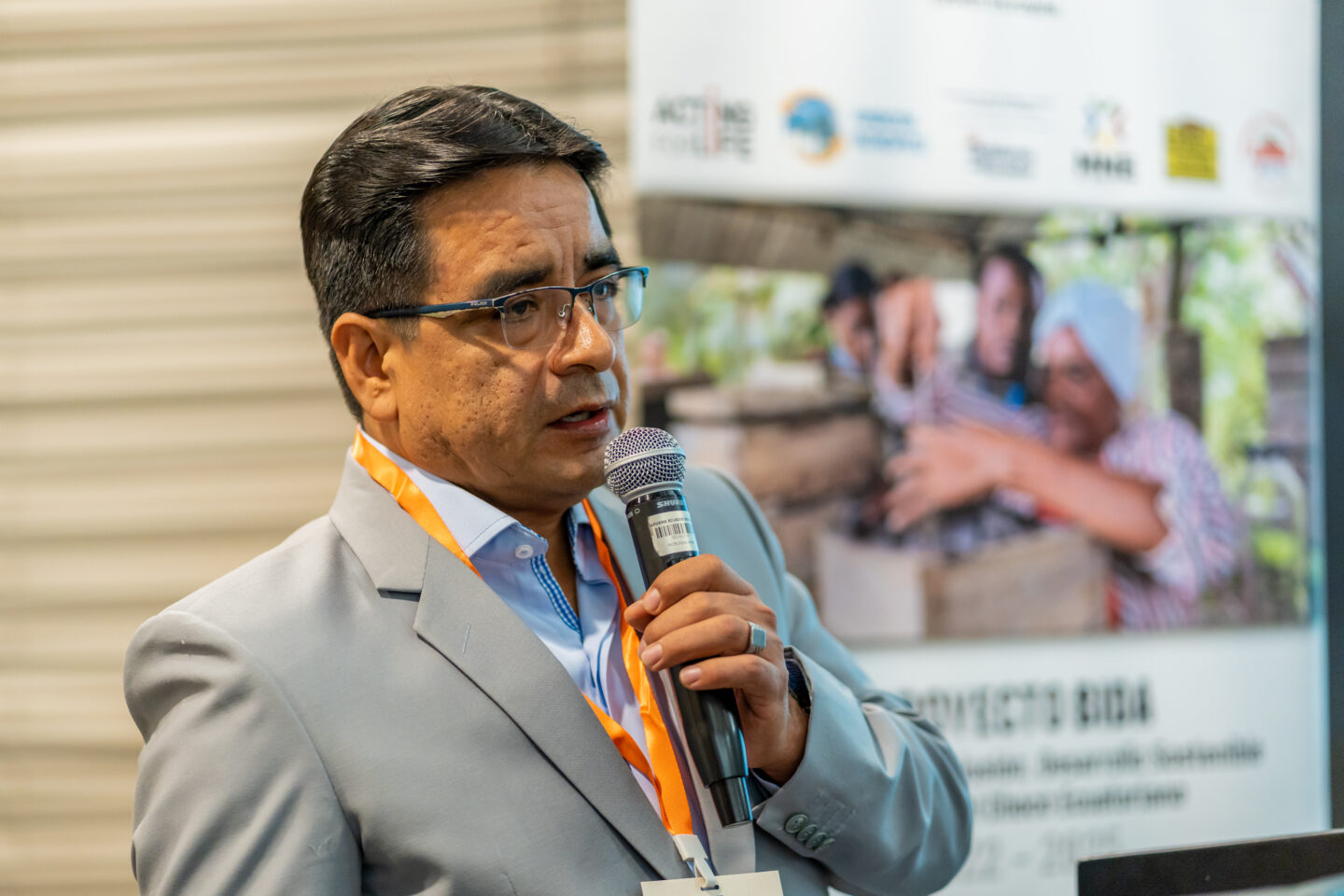
During his speech, the European Union’s Ambassador to Ecuador, Charles-Michel Geurts, also pointed out that European international cooperation is committed to creating strategic alliances to protect water sources in conservation areas in Ecuador.
According to Felipe Serrano, Executive Director of Naturaleza y Cultura Internacional (NCI), one of the aims of the forum is to promote a national movement to identify and protect ecosystems that are critical to the country’s conservation and development.
© Photos : Peacock Films



